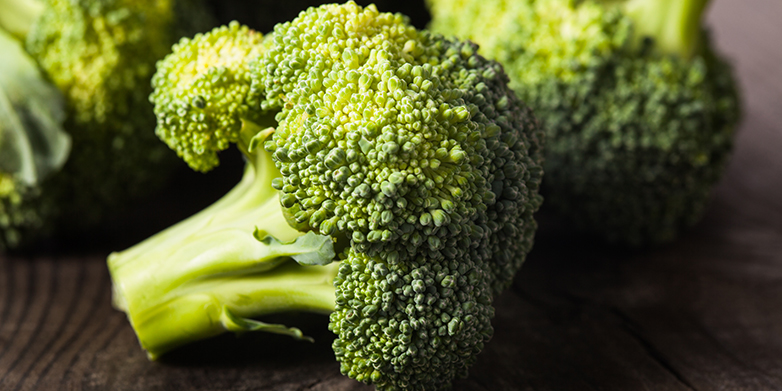Media | Press


Reflections on Chemical Research in Toxicology
Interview with Prof. Shana Sturla


When are mushrooms toxic ?

National Organic Symposium
Presentation of Prof. Shana Sturla

Broccoli ingredient has positive influence on drug efficacy
Reference
Erzinger MM et al.: Sulforaphane Preconditioning Sensitizes Human Colon Cancer Cells towards the Bioreductive Anticancer Prodrug PR-104A, PLOS One, 7 March 2016, doi: external page 10.1371/journal.pone.0150219

ERC Grant: Predicting the risk of cancer
Interview with Prof. Shana Sturla

World Economic Forum - tracking Food Safety
Talk of Prof. Shana Sturla

Shana Sturla takes helm of Chemical Research in Toxicology
New editor-in-chief to start early next year
Shana J. Sturla, professor of toxicology at the Swiss Federal Institute of Technology (ETH), Zürich, will take the helm of the American Chemical Society journal external page Chemical Research in Toxicology as editor-in-chief at the beginning of 2018. She will succeed Stephen S. Hecht, Wallin Land Grant Professor of Cancer Prevention at the University of Minnesota.
Chemical Research in Toxicology focuses on advancing the understanding of toxic agents. As editor-in-chief, Sturla says she plans to broaden the scope of the journal to include contributions from researchers who are advancing the predictive capacity of toxicology. She would also like to increase the international visibility and engagement of the journal to include more science from around the world. external page Read more

